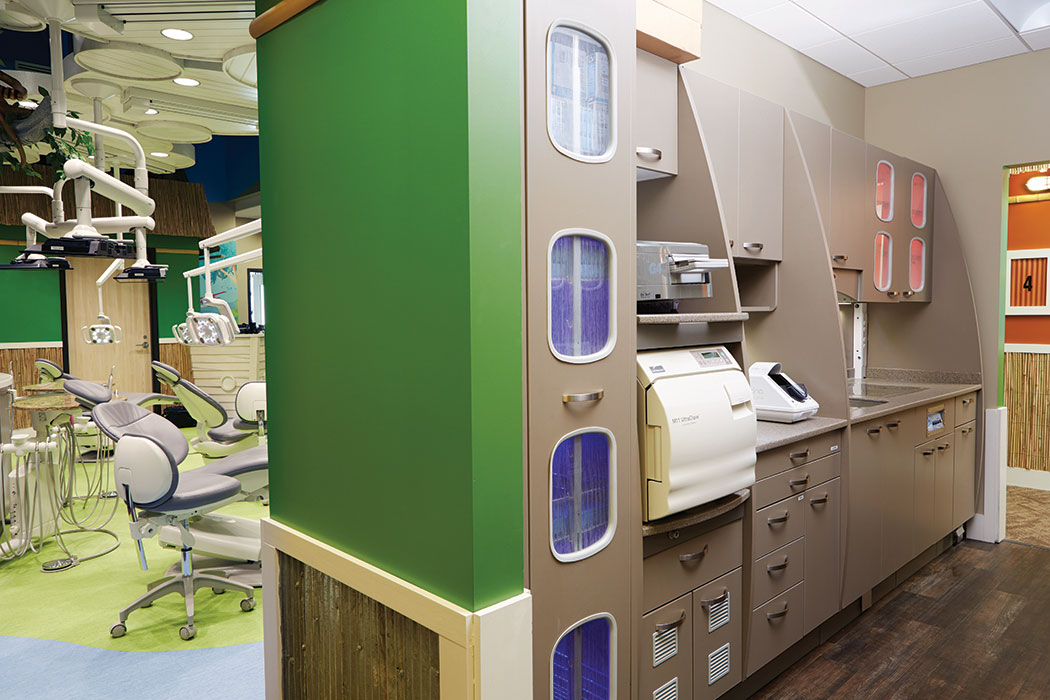

* Let the cable hang near a drawer where it can become * Let the cable hang on or near the floor where it can be stepped * Make sure the sensor is backed by great service and support.

* Keep sensor off the floor at all times. * Disinfect sensor after each use with only the approved * Store sensor in a holster when not in use. * Grasp both connector and interface when disconnecting sensor from * Always use a new sheath with every patient. * Handle the sensor as gently as possible. Here's a quick checklist of what you should and should not There are many do's and don'ts that both novice andĮxpert sensor users should know, some of which we will explore in moreĭetail. Normal daily use, like Sirona Dental's Schick 33. That is why today'sĭigital intraoral sensors should be designed to withstand years of Improper handling of the sensor and/or cable. The most common reason for sensor failure is due to a user's Ongoing sensor care and maintenance are critical right from the start. There are manyĬonsiderations when choosing a sensor: size/sizes, integration, serviceĪnd support, return on investment, and cost. Will make, and intraoral sensors are among one of the first toolsĭentists invest in before going 100% digital. Technology is one of the biggest investments that a dental practice
#Schick 33 sensor cords free#
MLA style: "Protecting your digital tools: intraoral sensor care and maintenance." The Free Library.If you find that despite your best efforts your office still has premature failures, please contact us below for a complimentary consultation so we can customize a solution specific to your environment. If staff members follow the preceding suggestions it is very likely that your sensors will last the manufacturer’s projected life expectancy. The holders stabilize the sensor and provide an exit point for the wire. Use manufacturer approved holders and sheaths to protect and position your sensor. Ethyl alcohol or OptiCide is always safer to use than CaviCide.
#Schick 33 sensor cords manual#
Unless the user manual states that the sensor can be submersed in disinfectant, wipe the sensor with a recommended wipe, do not submerse. If taking an occlusal x-ray with the sensor put a cotton roll between the posterior teeth to limit the patients bite. When the sensor is not in use insure that the cord cannot be rolled over or closed in a drawer or cabinet.Īvoid extreme bends where the cable meets the sensor.ĭo not position the sensor in such a way that it will be bitten by the patient. Always make sure that the cord is exiting the mouth where it is not being pinched by teeth. Sensor cords to not stand up well to incisal edges. Use the words “slowly close” not “bite” when positioning a sensor on a patient. Use a 6” extension to make your USB connector replaceable.Īvoid dropping the sensor as this can cause internal damage to the sensor head. USB A is rated for 1500 connects/disconnects. Protect the USB connector with a short 6’ extension. Keep your sensor in a safe place with the cord neatly looped with no extreme bends or twisted cords. This can avoid damage due to power surges through the USB port.


 0 kommentar(er)
0 kommentar(er)
